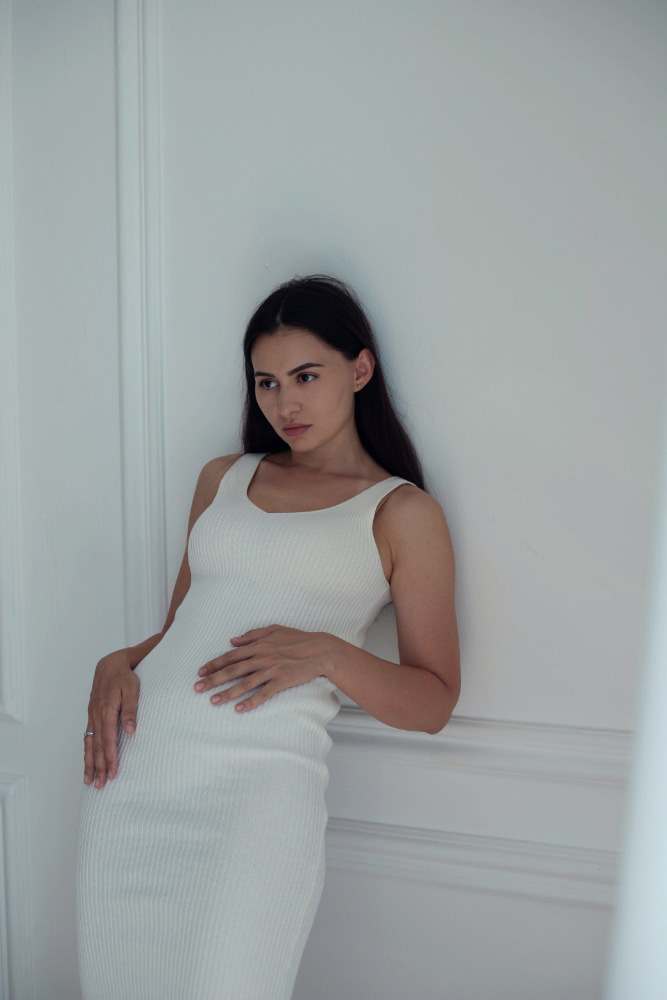My name is Elmira Sturki, I was born in 1991, a difficult year for Ukraine, in Donetsk. From the age of 15 I dreamed of becoming a photographer, my priorities were constantly changing. I wanted to shoot wildlife, become a photojournalist and even a war photojournalist.
In 2014, the war came into our lives and I had to move to Kyiv, where photography faded into the background. By that time, I had chosen a family and stability. Therefore, the idea of becoming a military photojournalist remained a dream. Who knew it would become so relevant.
Today, living in military Kyiv, having a small child, I try to help civilians, covering what is happening from the inside.
Memories of a past calm life do not let me give up, and faith in a bright future pushes me to take action and broadcast the beautiful.
